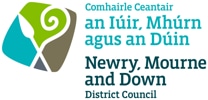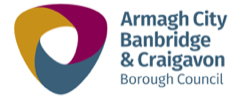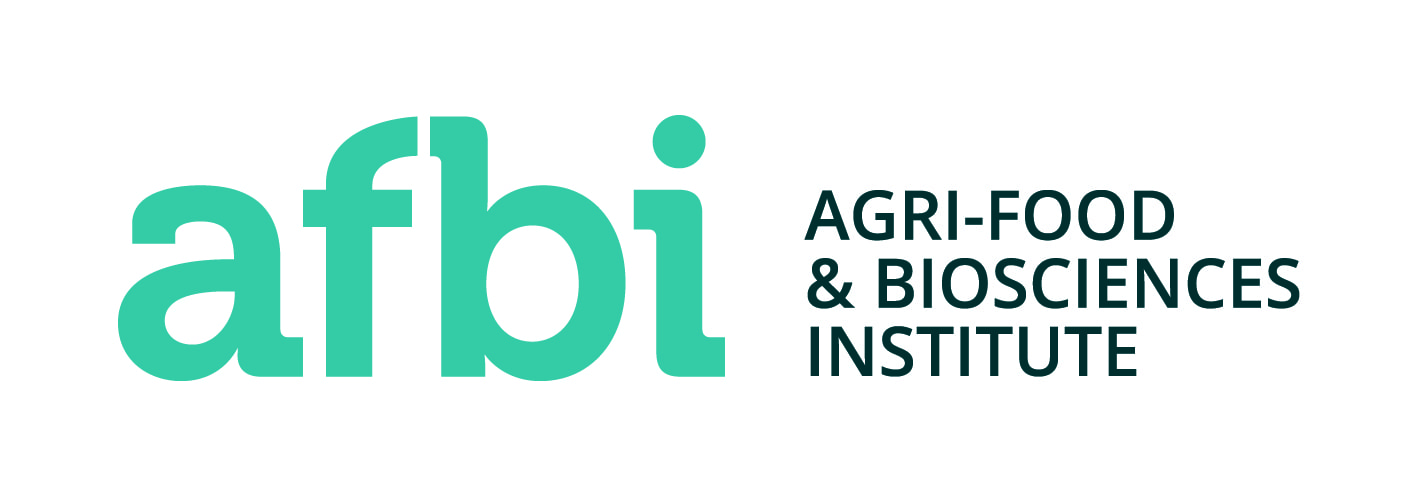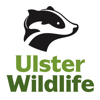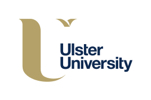About
The CANN project aims to improve the condition of protected blanket bog and key wetland habitats and to support the priority species found there through:
- Carrying out on the ground conservation actions on over 3,650ha of designated sites (Special Areas of Conservation) to improve their environmental condition;
-
Producing 27 Conservation Action Plans (CAPs) which will act as a roadmap to recovery for these sites and inform strategic planning processes to ensure that these sites continue to be guided towards favourable conservation status beyond the lifespan of the CANN project;
-
Operating as a multi-jurisdictional network to exchange conservation knowledge and environmental best practise, to strengthen cross-border co-operation in facilitating the recovery of these protected habitats and priority species, and to ensure that borders do not represent an overwhelming barrier for conservation and biodiversity;
-
Working with stakeholders, landowners and local communities to bring about positive environmental change, and to raise awareness of the value of these habitats and species and the importance of conserving them.
The progress The CANN Project has made to date:
- May 2017: The CANN project receives permission to start work, and partner organisations sign the CANN partnership agreement.
- Summer 2017 to date: Stakeholder engagement commenced during summer 2017 and has been on-going ever since.
- Spring – Summer 2017: Work begins on establishing an accurate baseline assessment of habitats and species across the project sites through fieldwork, surveys, and digital mapping.
- Autumn – Winter 2017: Liaison between the CANN project and government departments and agencies across the three jurisdictions increases as a template for the Conservation Action Plans is drafted, and agreements are made to facilitate the sharing of best practice, data and knowledge.
- May 2018: A standard Conservation Action Plan (CAP) template is agreed with the relevant government departments and agencies.
- June 2018: The CANN project holds a successful launch event in Co. Monaghan in with Ella McSweeney, a renowned Irish Journalist and Environmentalist, delivering the key-note address.
- Spring-Summer 2018: Baseline surveying is carried out across most project sites. This includes bird and nest location surveys, collection of bathymetry and water quality data, habitat quality assessments, and invasive species studies.
- Spring -Summer 2018: Implementation of on the ground actions begins based on the data collected during baseline surveying in spring-summer 2017 and early 2018, namely nest protection and rhododendron control. The success of these on the ground actions will be carefully monitored year on year.
- July 2018: The CANN project receives additional funding of €1.1million for Cuilcagh. Read more about it here.
- August 2018: An invasive species management trail takes place at Lough Arrow, Co. Sligo, and will be closely monitored for success. Read more about this trial and why it is needed here.
- September 2018: The very rare Desmoulin’s whorl snail is found on a CANN project site in Co. Down – the first time this species has ever been found in Northern Ireland. Read more about how important a find this is here.
- September 2018: CANN project staff carry out Sphagnum moss restoration trials on areas of degraded bog at Peatlands Park. These trials will be carefully monitored to see if they can be replicated across project sites. Read more about this revolutionary method here.
- November 2018: Biosecurity training takes place with stakeholders of Lough Arrow in Co. Sligo. Read more about the training and why it is important here.
- December 2018: Ten draft Conservation Action Plans are produced.
In 2019 the CANN project hopes to:
- Organise and host a mid-term conference detailing all that the project has achieved to date, what has yet to be achieved, and looking forward to the future beyond CANN.
- Commence best practice activities with local stakeholders and with government agencies across the three project jurisdictions.
- Carry out further stakeholder engagement with local landowners, wider communities, statutory agencies, and government departments.
- Remove invasive species such as rhododendron, self-seeding conifer and scrub from sites affected by it.
- Perform further on-the-ground conservation actions across project sites, such as nest protection, drain blocking and grazing management.
- Raise awareness of the impact of human activities on peatland habitats, including turf extraction.
- Establish a butterfly monitoring programme for the endangered Marsh Fritillary butterfly on the Isle of Islay, Scotland.
- Deploy biosecurity boxes at freshwater sites and provide local training on how to use these boxes to prevent the spread of invasive species and crayfish plague.
- Produce fire management plans for a number of sites affected or threatened by burning.
- Work to decontaminate and restore an area of bog affected by lead contamination at Ballynahone Bog, Northern Ireland.
- Monitor and map the impact of conservation management actions to assess their success in improving the condition of the habitats and their impact on protected species.
- Complete on-going monitoring surveys, and continue fieldwork to ground truth digital mapping.
- Draft and produce more Conservation Action Plans, using data and information collected to refine the plans and provide the best recommendations and management strategies to pave the road to recovery for these designated sites.
- Cookies
- |
- Privacy Policy
- |
- Copyright 2022 ©
Website designed by Visionworks Interactive

